Cover 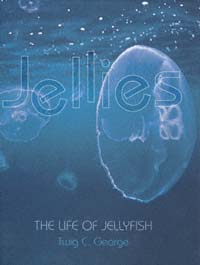
| title | : | Jellies : The Life of Jellyfish |
| author | : | George, Twig C. |
| publisher | : | Millbrook Press |
| isbn10 | asin | : | 0761316590 |
| print isbn13 | : | 9780761316596 |
| ebook isbn13 | : | 9780585377063 |
| language | : | English |
| subject | Jellyfishes--Juvenile literature, Jellyfishes. |
| publication date | : | 2000 |
| lcc | : | QL375.6.G46 2000eb |
| ddc | : | 593.5/3 |
| subject | : | Jellyfishes--Juvenile literature, Jellyfishes. |
Page null01
J ellies
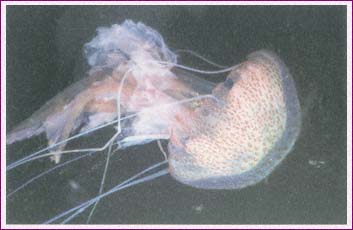
.
Page null02 We don't know everything. Even though it seems we must have discovered all the Earth's secrets and named all the stars by now, we haven't. Even very simple creatures like jellyfish hold mysteries that scientists are just beginning to learn about. There are also many jellyfish waiting to be dscovered. On page 9 there is a picture taken by Norbert Wu of a jellyfish that scientists have not named yet.
ACKNOWLEDGMENTS Once again, I thank the remarkable staff of the National Aquarium in Baltimore for their help and inspiration.
ACKNOWLEDGMENTS Once again, I thank the remarkable staff of the National Aquarium in Baltimore for their help and inspiration.
Published by the Millbrook Press, Inc.
2 Old New Milford Road
Brookfield, CT 06004
www.milbrookpress.com Cover photograph courtesy of Tim Calver Photography
Photographs courtesy of Animals, Animals: pp. 1( Herb Segars), 11
(bottom O.S.F. ), 13 ( Steven David Miller); Tim Calver
Photography: pp. 2-3, 19, 22-23; Norbert Wv/
www.norbertwv.com pp. 5, 6, 8-9, 10(top), 11(top), 18, 26 , 28
29; www.norbertwv.com: 10 (bottom 1995 Peter Parks); 14
( Ben Cropp), 17 ( Mark Conlin), 21 ( Peter Parks); David
Doubilet/NGS image Collection: p.25; George Grall, National
Aquarium in Baltimore, used by permission: pp. George. George.
A Milbrook Press
library ed.
p. cm.
Summary: Describes the physical characteristics, habits, and natural
environment of many species of jellyfish, throught simple text and
photographs.
ISBN 0-7613-1659-0 (lib. bdg).
1. JellyfishesJuvenile literature. [1. Jellyfshes.] I.
Title.
QL375.6.G462000593.53--dc2199-048390 Text copyright 2000 by Twig C. George
Printed in the United States of Amerca
All rights reserved
5 4 3 2 1 Page null03 Jellies The Life of Jellyfish TWIG C. GEORGE THE MILLBROOK PRESSBROOKFIELD, CONNECTICUT Page null04 I f you were a jellyfish you would have two choices to go up or to go down. That's it. Two. You would not have a brain, so you could not decide what to have for breakfast or where to go for lunch.
Page null05 A tiny, hydromedusan jellyfish  Page null06 Mangrove jellyfish
Page null06 Mangrove jellyfish 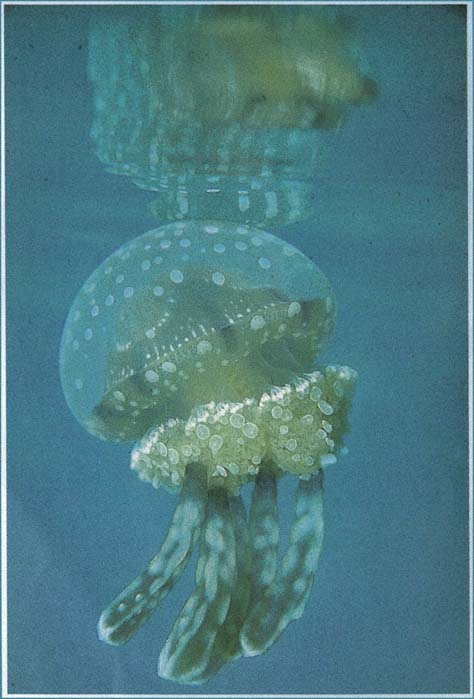 Page null07 T he ocean currents would carry you along from place to place. In this way you could travel hundreds of miles. Food might pass by you and get caught in your tentacles. Or not. Page null08 S ea turtles, dolphins, and whale sharks would try to eat you. An unnamed jellyfish
Page null07 T he ocean currents would carry you along from place to place. In this way you could travel hundreds of miles. Food might pass by you and get caught in your tentacles. Or not. Page null08 S ea turtles, dolphins, and whale sharks would try to eat you. An unnamed jellyfish  Page null09 You wouldn't worry about it because you couldn't.
Page null09 You wouldn't worry about it because you couldn't.
You would just float on. Page null10
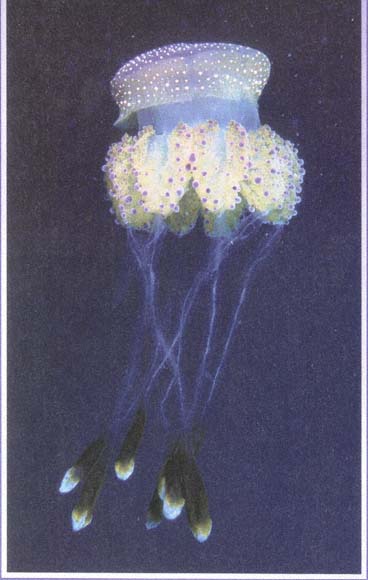 | Rhizostone jellyfish |
| Comb jellyfish | 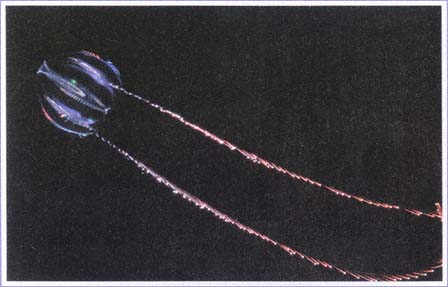 |
Page null11
| Y ou would protect yourself with millions of tiny, mechanical cells that, when touched by another animal, release a chemical and sting. Like a bow and arrow. You would not know if you were stinging a friend or an enemy. You would not even know what a friend or an enemy was! |  |
| Anthomedusan jellyfish |
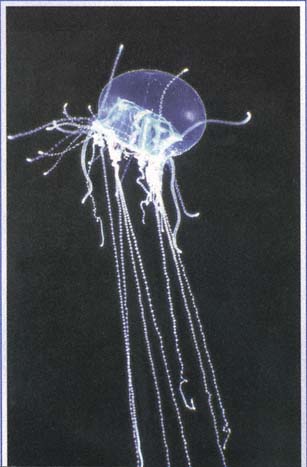 | Cigar jellyfish |
Page null12 J ellyfish sting for protection and to catch food. That's all.
They don't hunt and they can't chase. They just bump and sting. Bump and sting. Page null13 Little fish swim in and out of the dome of this moon jellyfish. 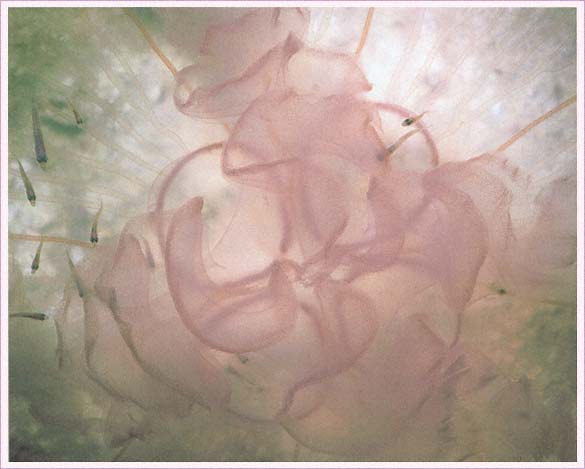 Page null14 Australian box jellyfish
Page null14 Australian box jellyfish 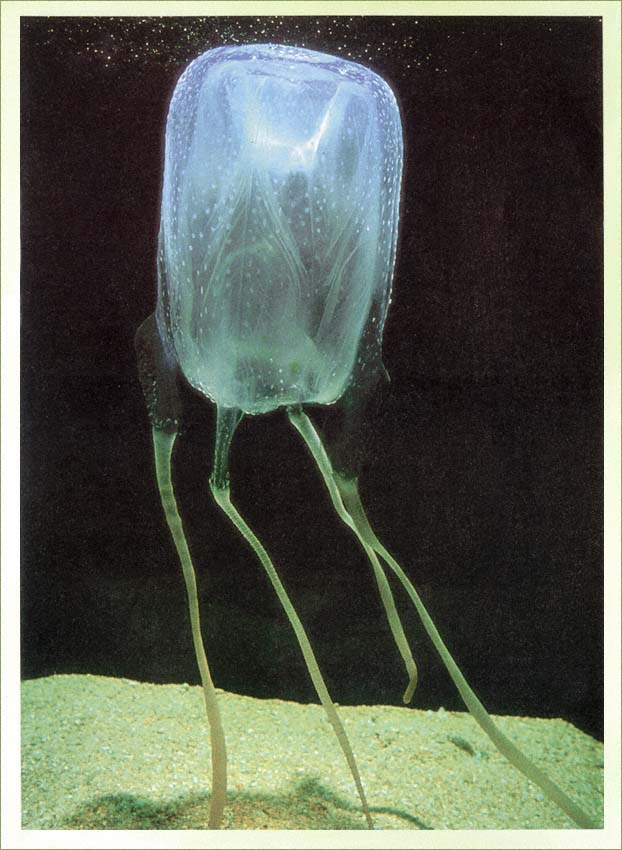 Page null15 S ome jellyfish sting gently. Some jellyfish have a sting so powerful that they are more dangerous than a cobra.
Page null15 S ome jellyfish sting gently. Some jellyfish have a sting so powerful that they are more dangerous than a cobra.
These are the Australian box jellies. Page null16 J ellyfish are so simple that they look like plastic trash floating in the sea. When an animal eats a jellyfish it stays healthy and strong. When an animal eats plastic it gets weaker and weaker and eventually dies. Page null17 Thimble jellyfish  Page null18 Upside-down jellyfish
Page null18 Upside-down jellyfish 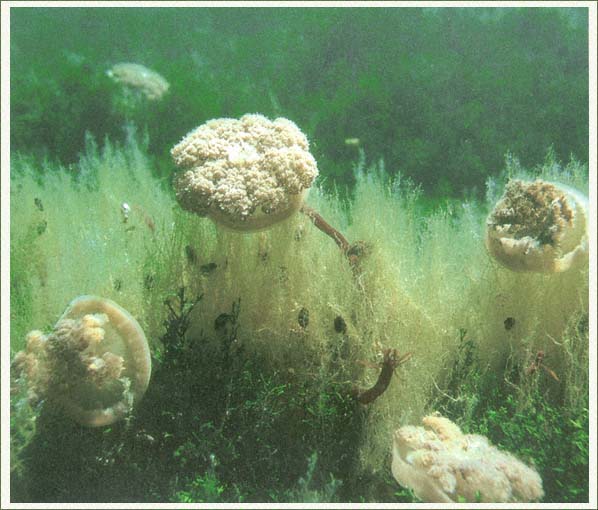 Page null19
Page null19 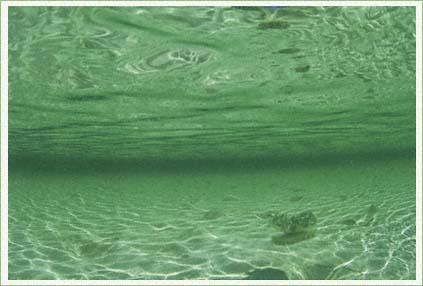 S ome jellyfish lie on the shallow bottom in clear, warm seas and grow their own food. These are called upside-down jellyfish.
S ome jellyfish lie on the shallow bottom in clear, warm seas and grow their own food. These are called upside-down jellyfish.
Once they have eaten small bits of algae, just once, they can grow more inside their bodies by sitting in the sun. They are their own greenhouses and grocery stores all wrapped up in one. Page null20 T o be a jellyfish you need to be shaped like a bell, with at least one mouth, and tentacles. Many animals called jellyfish are really something else. The Portuguese man-of-war is not a real jellyfish. It has an air-filled bubble instead of a water-filled bell.
Next page

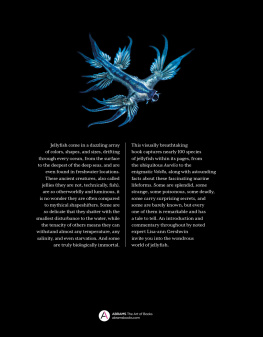
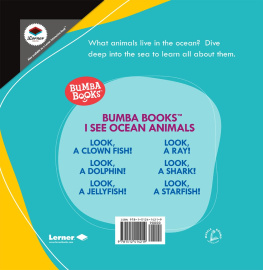
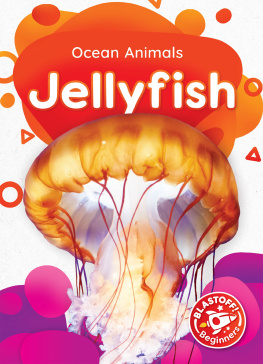
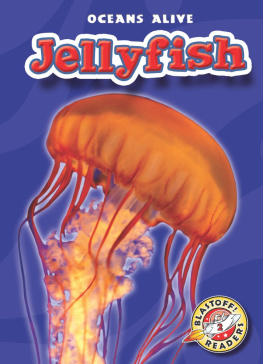
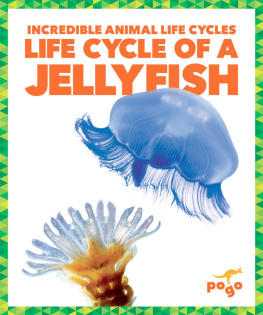
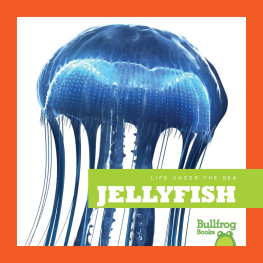

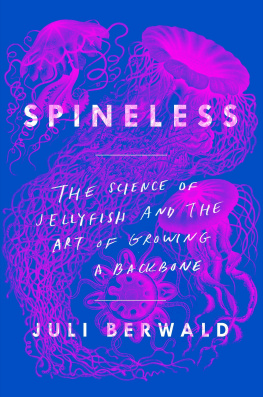
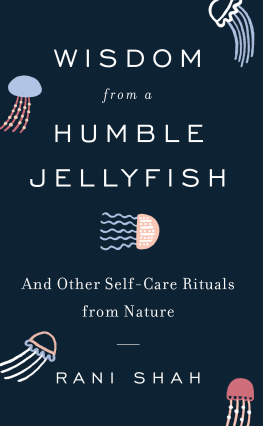
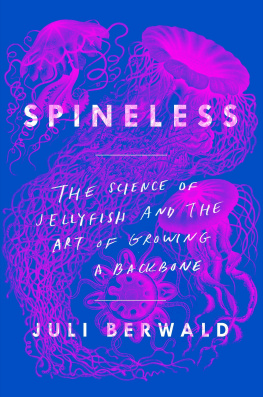


 .
. Page null06 Mangrove jellyfish
Page null06 Mangrove jellyfish  Page null07 T he ocean currents would carry you along from place to place. In this way you could travel hundreds of miles. Food might pass by you and get caught in your tentacles. Or not. Page null08 S ea turtles, dolphins, and whale sharks would try to eat you. An unnamed jellyfish
Page null07 T he ocean currents would carry you along from place to place. In this way you could travel hundreds of miles. Food might pass by you and get caught in your tentacles. Or not. Page null08 S ea turtles, dolphins, and whale sharks would try to eat you. An unnamed jellyfish  Page null09 You wouldn't worry about it because you couldn't.
Page null09 You wouldn't worry about it because you couldn't.



 Page null14 Australian box jellyfish
Page null14 Australian box jellyfish  Page null15 S ome jellyfish sting gently. Some jellyfish have a sting so powerful that they are more dangerous than a cobra.
Page null15 S ome jellyfish sting gently. Some jellyfish have a sting so powerful that they are more dangerous than a cobra. Page null18 Upside-down jellyfish
Page null18 Upside-down jellyfish  Page null19
Page null19  S ome jellyfish lie on the shallow bottom in clear, warm seas and grow their own food. These are called upside-down jellyfish.
S ome jellyfish lie on the shallow bottom in clear, warm seas and grow their own food. These are called upside-down jellyfish.